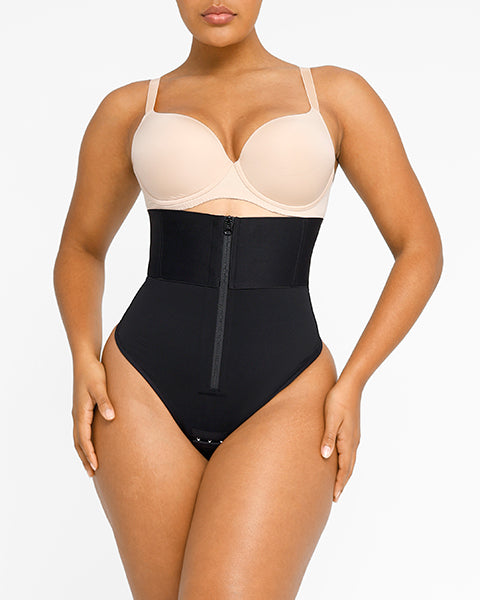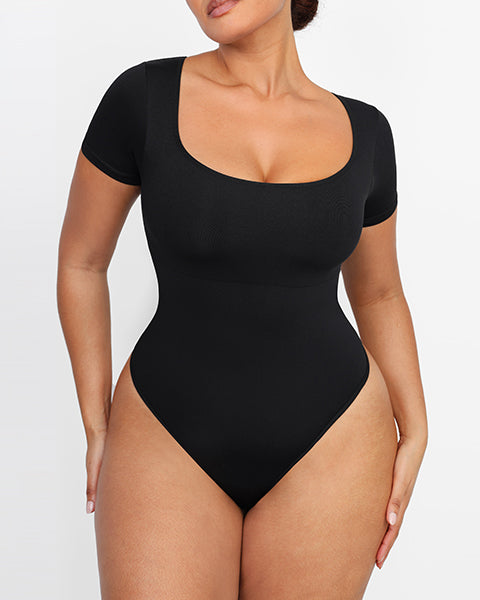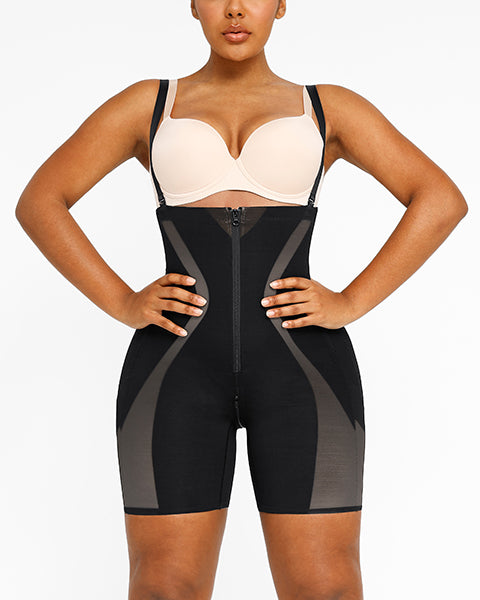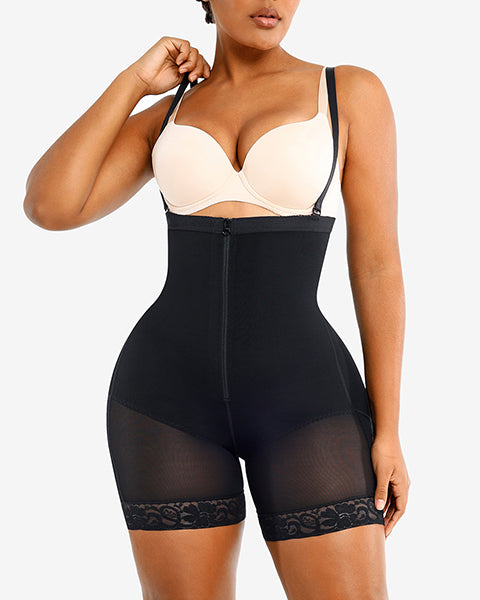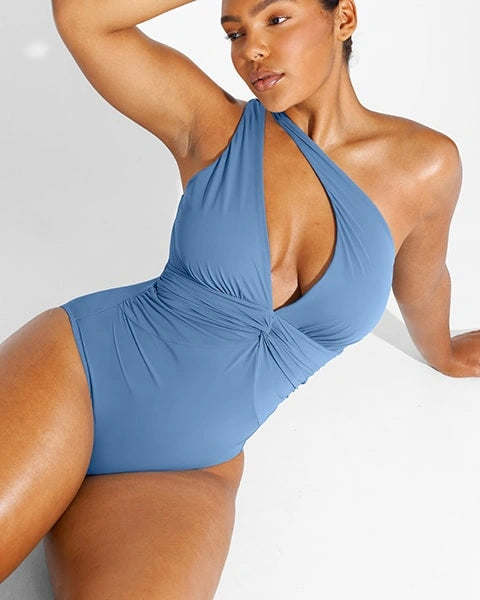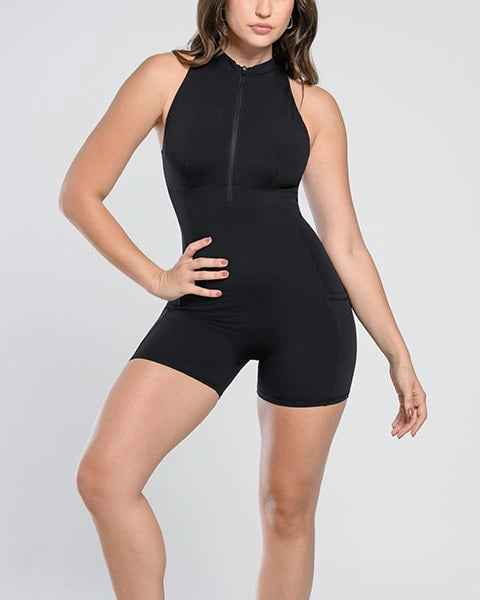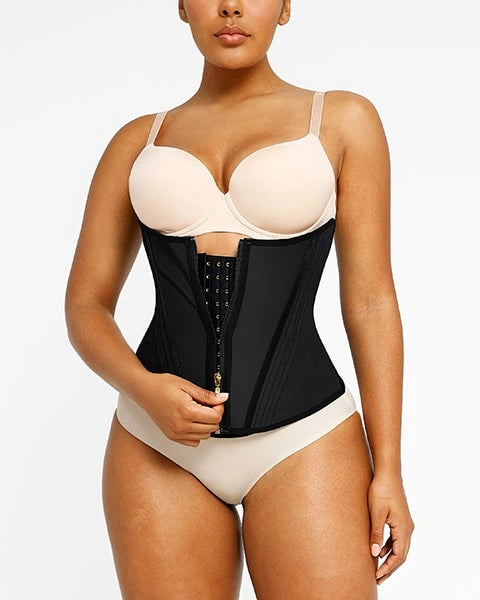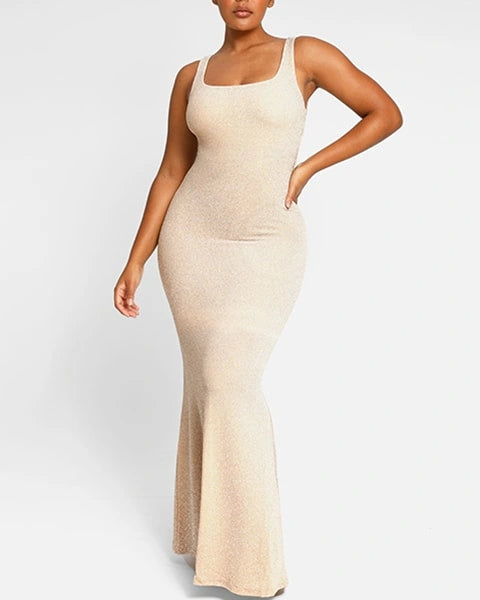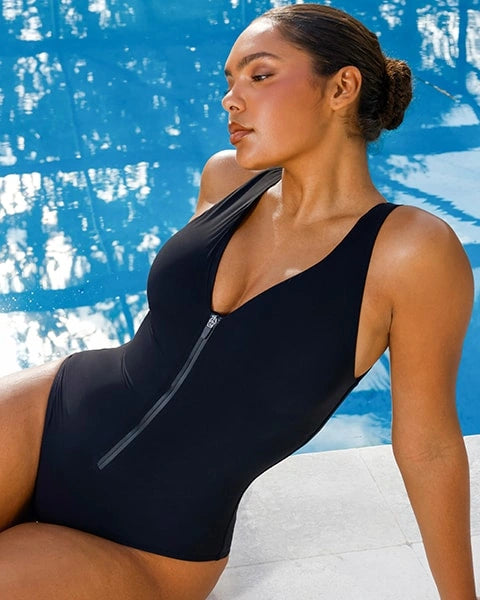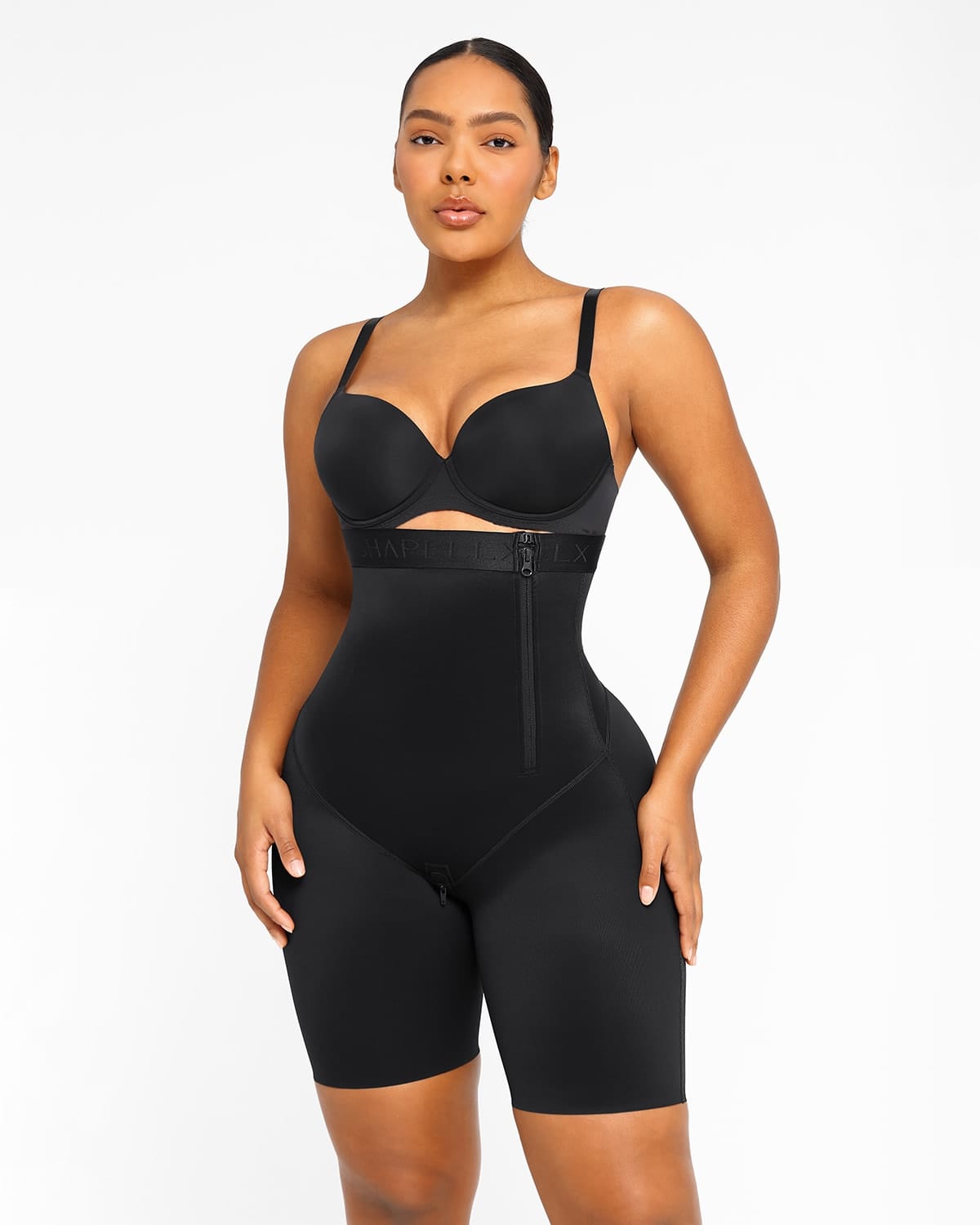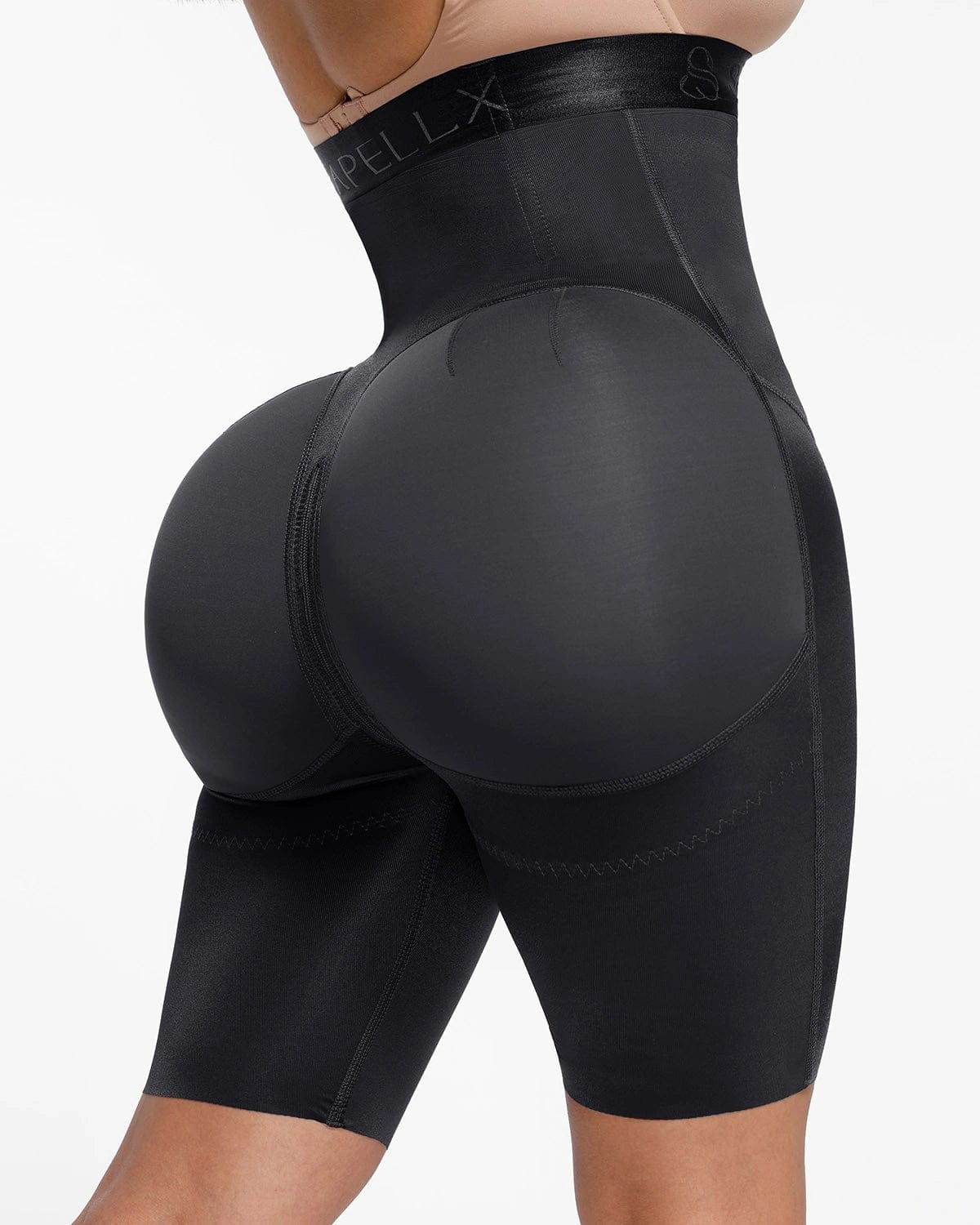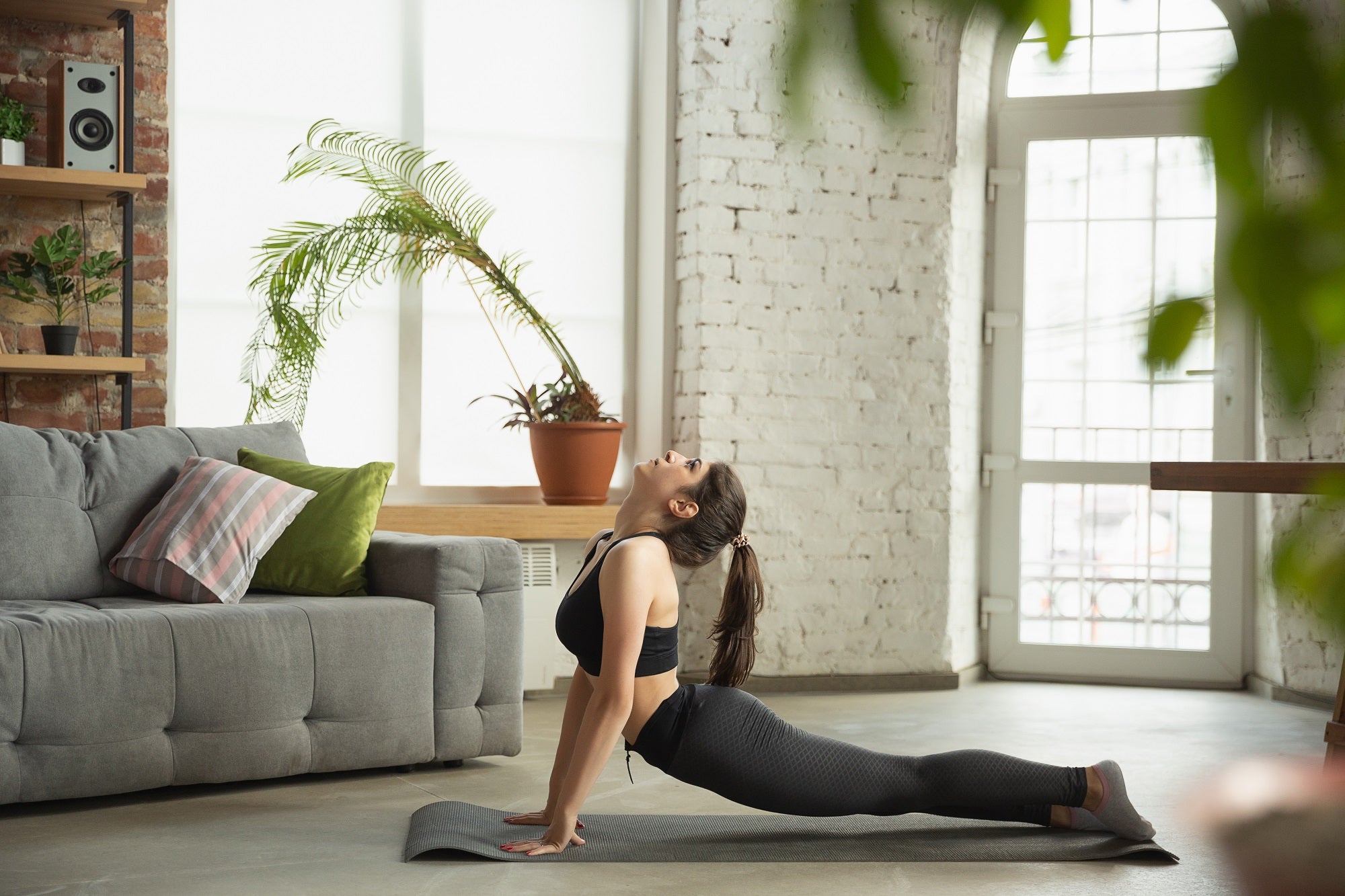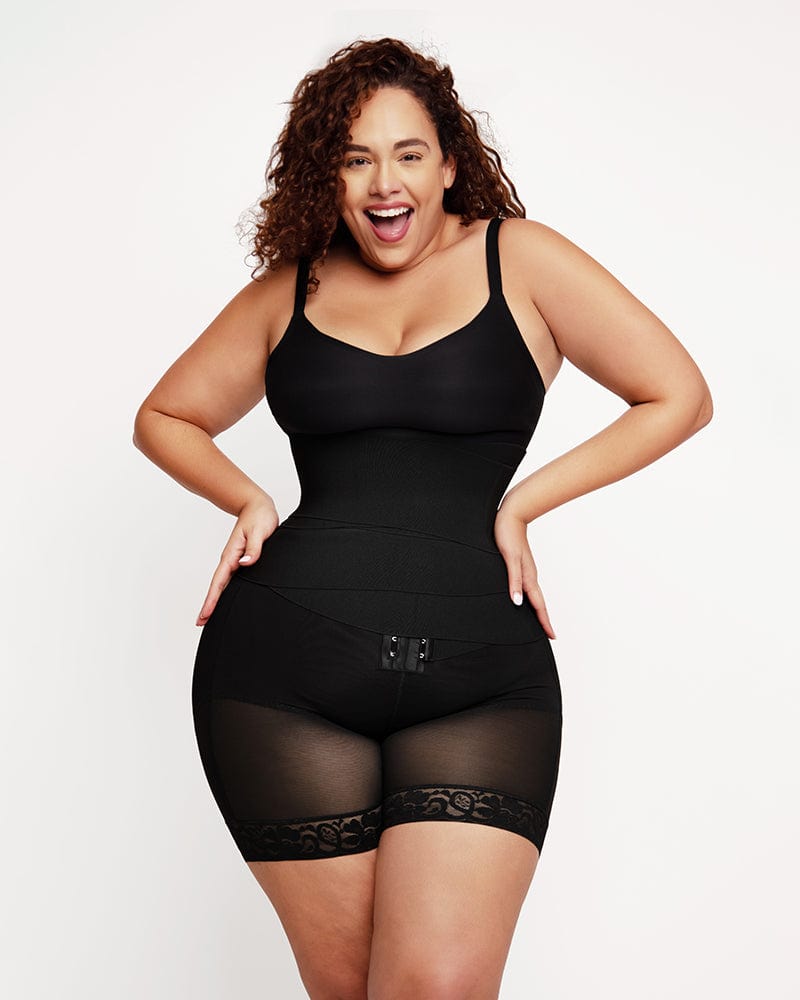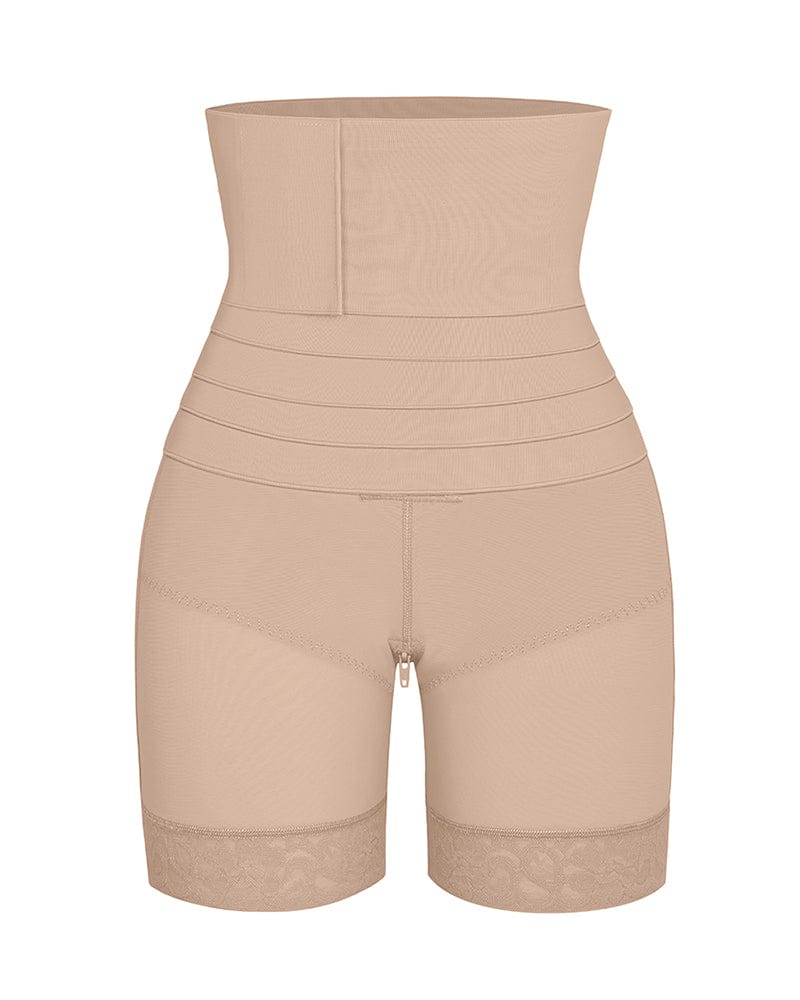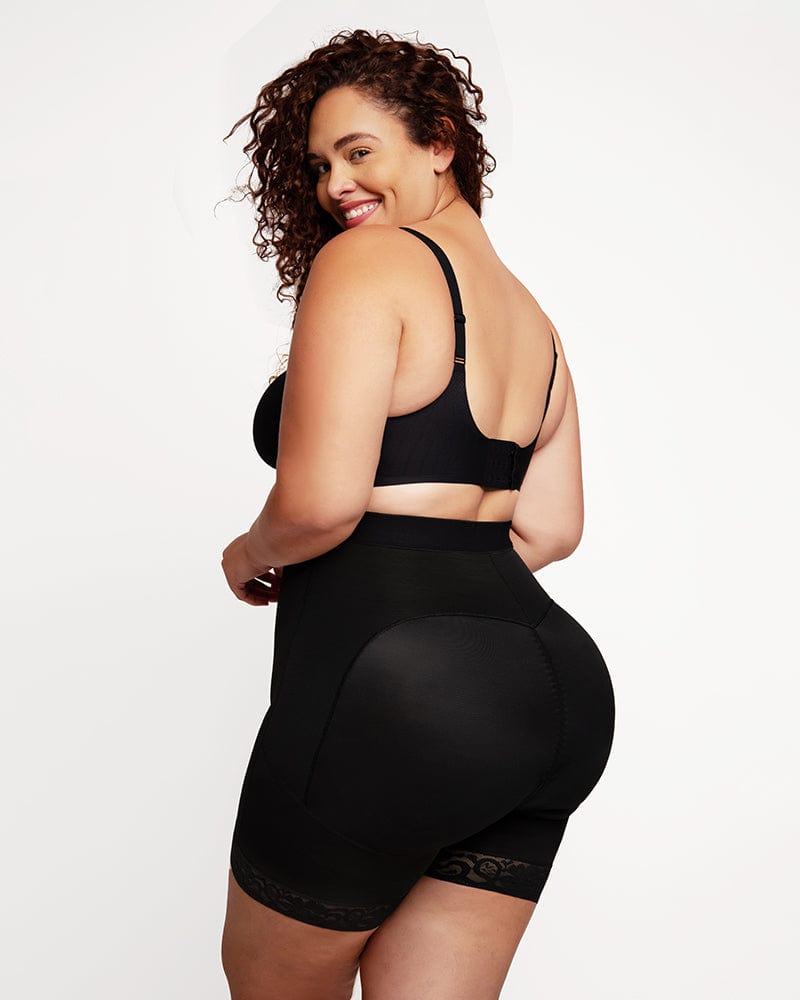Shapewear is typically linked to beauty, fashion...and little else, with many people often immediately assuming that most people wear shapewear just to ‘look good for photos or for a special occasion'.
And while the confidence boost is amazing, that’s not all there is to shapewear.
Aside from helping you look trim, slim, and utterly radiant, shapewear can also be extremely beneficial in other areas. Helping to improve posture, provide abdominal support, and prevent chafing.
If you’ve never tried compression garments before but you’re utterly curious and would like to give it a try, this quick crash course on shapewear is for you. Learn what various pieces of shapewear can do for you.

What is Shapewear?
Shapewear—sometimes called a ‘foundation garment’ or a ‘shaper’—is basically an undergarment used to sculpt your figure and emphasize your natural curves. It also flattens out bumps, lumps, and bunches in flesh and fabric, makes for great tummy control, giving the wearer a smoother, more shapely silhouette.
Because of this, shapewear is typically worn under tight dresses or fitted clothing. However, more comfortable styles and designs, with breathable fabrics, can be incorporated into casual, everyday wear.
Shapewear has evolved to accommodate a variety of body sizes, shapes, and needs. Corsets, waist trainers, and waist cinchers maybe some of the earliest iterations of shaper garments, but they are no longer our only options. Now, even a pair of leggings can be both, a piece of shapewear and an errands runner favourite.
Modern shapewear styles allow you to target specific areas—like the arms, waist, hips, and thighs—simultaneously or one at a time. If you have excess weight in one area you can target it directly, or go for a full body shaper. Once you know how different types of shapewear work to contour your body, you’ll find it easier to choose one that suits your needs.

What are the Different Types of Shapewear?
Modern shapewear designs typically target these areas:
- Waist
- Stomach
- Back
- Legs
- Arms
Some types of shapers will focus on only one area, others on several. These are the different types of shapewear you can find on the market:
Bodysuits | Body Control Dresses | Body Camisoles
Bodysuits or body shapers are some of the best pieces to wear when you want a full-coverage fit. They cover most of your torso, booty, and upper thighs (depending on the design). They also typically look like swimsuits (see the AirSlim® Shaping Low Back Thong Bodysuit), sleeveless rompers (like the CoreSculpt™ Advanced Body Sculptor), or camisoles (like this PowerConceal™ Lycra Cami Seamless Bodysuit).
Bodysuit shapers are one of those all-in-one shapewear pieces that can lift your breasts, tuck in your waist, flatten your stomach, and lift your butt all at the same time. Some come with integrated underwire for full support, others - with open-bust designs for you to wear with your favourite bra. Bodysuit compression levels can range from thigh shaper fit to fairly forgiving.
Because bodysuits are one seamless piece, there is little to no risk of “muffin topping” or spilling over the edges of the shaper. Ergo, these nifty undergarments are best for creating a smooth, seamless silhouette. Wear them under tight dresses, rompers, body-con outfits, and basically any clothing items prone to hugging every single curve, bump, lump, or dip in your body.
It also gets serious bonus points for zero visible panty lines, no matter how tight or transparent is that cocktail dress.
Waist Cinchers | Belly Bands
These shaper garments are a must-have for that snatched “hourglass” figure that many women desire. As the name suggests, these shapers cinch the waist to add definition to your figure (and potentially make your bust and bum look bigger). They usually look like wide, heavy-duty belts – like this NeoSweat® Neoprene Waist Shaper – or flexible corsets (without the boning and lace) – like the NeoSweat® Waist Cincher.
Aside from flattening your tummy and emphasizing your curves, some waist cinchers can also provide support for the belly, lower torso, and lower back. In fact, there is a category of waist-cincher-type shapewear referred to as postpartum shapewear, post-surgery shapers or belly bands. These shapers are specifically used for abdominal support (see the CoreSculpt™ Lipo Abdominal Support Band as an example).
You can wear them bravely under high-waisted shorts without any bulges making an appearance or to gently support your body after childbirth, with the exact amounts of compression that you need.
Shaper Shorts | Shaper Leggings | Shaper Briefs
If you’re wearing a slim-fitting skirt, booty shorts, or tight-to-the-body skinny jeans - shaper shorts, leggings, and/or briefs are your best friends. These shapewear pieces target the lower torso, lower abdomen, hips, butt, and thighs. These body contouring garments, depending on the style, cut, and design, can:
- Lift your bum (ex. CoreSculpt™ Shaper Shorts with Butt Lifter) in butt-boosting style
- Flatten your lower belly (ex. CoreSculpt™ Firm Tummy Compression with Butt Lifter) with full tummy control and no jiggling
- Smooth your thighs (ex. NeoSweat® Waist Slender Leggings)
- Pad your hips and butt (ex. CoreSculpt™ Butt Hip Enhancer Padded Shaper)
Bonus Tip - Shaper shorts, shaper leggings, and shaper briefs are perhaps some of the easier shaper garments to wear and take off.
Many people also find they’re the easiest to pull on and forget—especially when they’re made of light, non-restrictive, breathable fabrics. It may be because we’re already pretty used to wearing tighter bottoms (think yoga leggings, skinny jeans, and Lycra shorts).
These shaper undergarments are great to have on-hand for those days when your hips, butt, and/or thighs are just not doing it for you.
Arm Shapers | Back and Arm Shapers
This type of shapewear isn’t as well-known as the waist cinchers and bodysuits, but it’s still pretty widely used. As the name suggests, arm and back shapers can be used to compress, shape, and tone your upper arms, back, and (sometimes) your upper torso.
Many of them are also designed to help with poor posture by pulling the shoulders back and up. Because arm shapers usually have full to ¾ sleeves (see the CoreSculpt™ Back Support Posture Corrector Arm Slimmer as an example), it can be difficult to hide them under normal, everyday outfits. But for snug, body-hugging sweaters and the like, they can definitely spice those clothes up.

Shapewear Works & What's
How do I choose shapewear?
There are three things you need to keep in mind when picking out (and investing in) shapewear: intention, sizing, and compression level. Intention refers to what you’re planning to use the shapewear for and how often. Sizing, as you can tell, refers to what size you should get with respect to your measurements. And compression level refers to how tight or loose you want the piece to be. Pro tip - don't go for too-tight shapewear thinking it will perform better. You won't get any of the benefits of shapewear, it may even cause acid reflux and give you a bad shapewear experience overall.
Intention (Area of Focus). What are you going to wear with this shaper? A tight dress? A sleeveless blouse? A romper? Some cute low-cut tops? Or maybe you're after active shapewear? Do you want to flatten your tummy, lift your butt, or do both? Do you want to smoothen your legs or accentuate your curves? Knowing the area you want to target and the silhouette you want to achieve can help narrow your choices down by a lot.
Sizing. Shapewear sizing is tricky because it has to be exact. Shapewear that’s too loose will do nothing for you—except maybe add more fabric beneath your clothing. Shapewear that’s too tight can be uncomfortable and, in the worst-case scenario, risky. It can cut off circulation and/or mess with your breathing. What’s more, shapers that are too tight can squeeze your flesh and create a bumpy, unflattering silhouette.
You want something that fits like a glove, not too tight, not too loose. When in doubt, ask the store for clarification regarding their sizes.
Compression/Shaping Level. If you’re new to the world of shapewear, you don’t want to just dive right in. That’ll be like plunging into a 7-foot pool without learning how to at least doggy paddle. Different shapes will have different compression levels, and it’s up to you to decide which one you feel would meet your needs best.
Shapers with light compression are great for beginners. They’re also good for all-day wear. Just remember that they won’t contour and flatter your figure as much—they’re best for subtle changes.
Medium compression shapers are great for people who are fairly used to wearing shapers. They do create a cleaner, more snatched-looking silhouette compared to light compression shapers. However, do note that they can be firmer and a lot less forgiving than light compression shapers.
Meanwhile, shapewear that’s heavy or has a firm compression level will yield the most drastic results. If you’re looking for extreme contour, tight shapewear and an exaggerated figure, this is the best option. Just remember that not to wear it for too long.
Is shapewear uncomfortable? How long can I wear it?
Because of its compressive nature (and typically heavy fabric), shaper garments are typically thought to be uncomfortable. People also tend to think of the restrictive, steel-boned corsets of old when they think of shapewear. Thankfully, this is no longer the case. Thanks to advances in fabric technology, shapewear can be lightweight and breathable whilst compressing, sculpting, and lifting your body. The zippers, hooks, clasps, and boning material of shapewear have also evolved to become softer and more forgiving against bare skin.
Will shapewear change my body?
Shapewear can mould your body, flatten your stomach, trim your waist, and deepen your curves. However, these changes are not permanent. Unlike corsets and waist trainers, shapewear won’t alter your body over time. There are shaper garments meant to be worn when exercising in order to help you sweat more in certain areas. In some cases, doing so may help shape or mould that particular area. But results will be subtle, and this definitely won’t happen to everyone.
For more FAQ's on shapewear see here.

